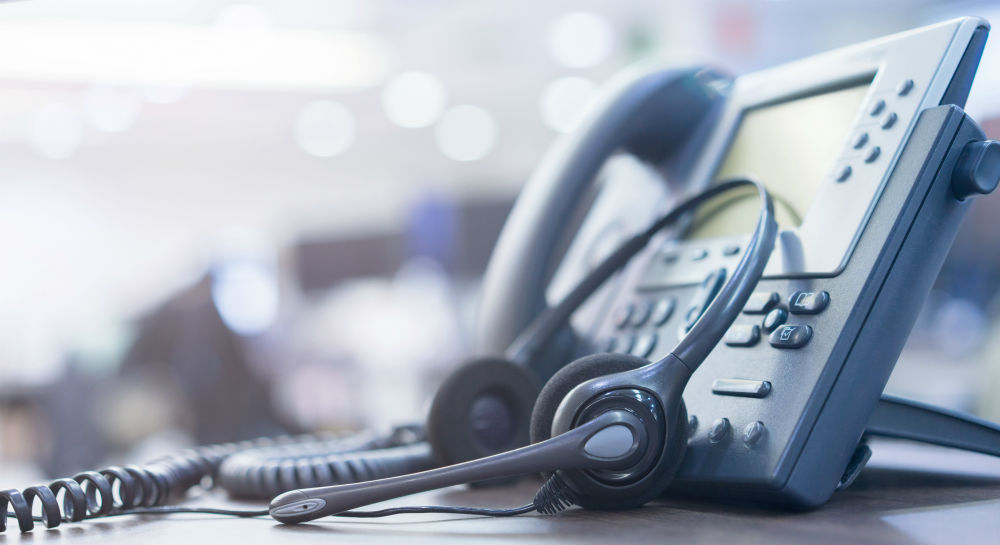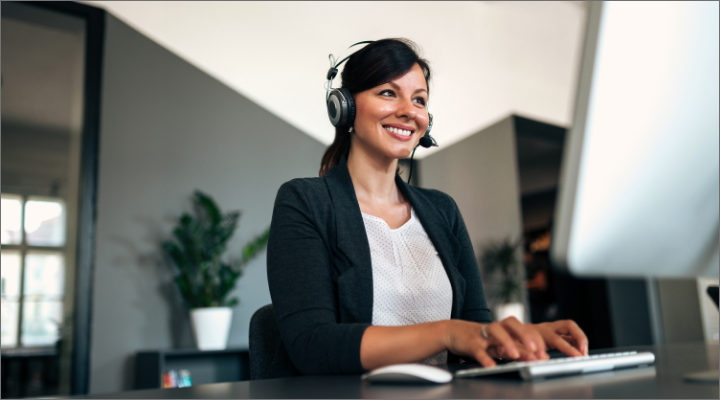All Categories
Featured
Table of Contents
- – What Is The Best Phone Answering Service - Inte...
- – What's The Best Answering Service Jobs In All ...
- – Whats The Best Temporary Or Short-term Call An...
- – Whats The Best 10 Sectors That Can Benefits F...
- – Best How Do Answering Services Work? To Buy
- – What Is The Best Spring Call Answering Service
What Is The Best Phone Answering Service - Intelligent Office For The Price
This gadget and its successors were developed by Sava Jacobson, an electrical engineer with a private consulting organization. While early answering makers used magnetic tape technology, most modern devices utilizes solid state memory storage; some gadgets utilize a mix of both, with a solid-state circuit for the outbound message and a cassette for the incoming messages.
"toll saving" listed below) (professional phone answering service). This works if the owner is evaluating calls and does not want to talk with all callers. In any case after going, the calling celebration should be informed about the call having been responded to (for the most part this begins the charging), either by some remark of the operator, or by some greeting message of the little bit, or resolved to non-human callers (e.
This holds particularly for the TADs with digitally kept greeting messages or for earlier devices (prior to the increase of microcassettes) with a special unlimited loop tape, separate from a second cassette, committed to recording. There have actually been answer-only gadgets with no recording capabilities, where the welcoming message had to notify callers of a state of existing unattainability, or e (business call answering service).
What's The Best Answering Service Jobs In All Australia Brand
about schedule hours. In taping Little bits the welcoming usually contains an invitation to leave a message "after the beep". An answering machine that uses a microcassette to tape-record messages On a dual-cassette answerphone, there is an outbound cassette, which after the specified variety of rings plays a pre-recorded message to the caller.

Single-cassette voice mail contain the outgoing message at the beginning of the tape and incoming messages on the remaining space. They first play the announcement, then fast-forward to the next offered area for recording, then tape the caller's message. If there are lots of previous messages, fast-forwarding through them can cause a considerable delay.
This beep is often referred to in the welcoming message, asking for that the caller leave a message "after the beep". Littles with digital storage for the tape-recorded messages do disappoint this hold-up, naturally. A little bit might provide a push-button control center, whereby the answerphone owner can call the home number and, by entering a code on the remote telephone's keypad, can listen to tape-recorded messages, or delete them, even when away from home.
Whats The Best Temporary Or Short-term Call Answering Services To Buy

Therefore the device increases the variety of rings after which it responds to the call (generally by 2, resulting in four rings), if no unread messages are currently stored, however answers after the set variety of rings (typically 2) if there are unread messages. This permits the owner to discover whether there are messages waiting; if there are none, the owner can hang up the phone on the, e.
Some devices also enable themselves to be from another location triggered, if they have actually been turned off, by calling and letting the phone ring a specific large number of times (generally 10-15). Some service companies abandon calls already after a smaller variety of rings, making remote activation difficult. In the early days of TADs an unique transmitter for DTMF tones (dual-tone multi-frequency signalling) was regionally required for push-button control, because the formerly used pulse dialling is not apt to convey suitable signalling along an active connection, and the dual-tone multi-frequency signalling was implemented step-by-step.
Any inbound call is not identifiable with respect to these residential or commercial properties in advance of going "off hook" by the terminal equipment. So after going off hook the calls need to be switched to suitable devices and just the voice-type is right away available to a human, but maybe, however should be routed to a LITTLE (e.
Whats The Best 10 Sectors That Can Benefits From A Phone Answering Service
What if I told you that you do not have to in fact get your gadget when responding to a customer call? Another person will. So practical, right? Answering phone calls doesn't require somebody to be on the other end of the line. Effective automated phone systems can do the technique just as efficiently as a live agent and in some cases even much better.
An automated answering service or interactive voice response system is a phone system that communicates with callers without a live person on the line - local phone answering service. When companies use this technology, consumers can get the response to a concern about your company simply by using interactions established on a pre-programmed call circulation.
Although live operators update the customer support experience, many calls do not need human interaction. An easy documented message or directions on how a client can retrieve a piece of information generally resolves a caller's instant requirement - answer phone service. Automated answering services are a simple and reliable method to direct incoming calls to the best person.
Best How Do Answering Services Work? To Buy
Notification that when you call a company, either for assistance or product query, the very first thing you will hear is a pre-recorded voice greeting and a series of alternatives like press 1 for client service, press 2 for queries, and so on. The pre-recorded options branch off to other choices depending on the client's choice.
The phone tree system assists direct callers to the ideal individual or department utilizing the keypad on a cellphone. In some instances, callers can utilize their voices. It deserves keeping in mind that auto-attendant alternatives aren't restricted to the 10 numbers on a phone's keypad. Once the caller has picked their first choice, you can develop a multi-level auto-attendant that uses sub-menus to direct the caller to the ideal kind of support.
The caller does not have to communicate with an individual if the auto-attendant phone system can manage their concern. The automated service can route callers to a worker if they reach a "dead end" and require support from a live representative. It is pricey to hire an operator or executive assistant.
What Is The Best Spring Call Answering Service
Automated answering services, on the other hand, are substantially cheaper and provide considerable cost savings at an average of $200-$420/month. Even if you do not have actually dedicated staff to deal with call routing and management, an automated answering service enhances efficiency by enabling your team to focus on their strengths so they can more effectively invest their time on the phone.
A sales lead routed to customer care is a lost shot. If a customer who has product concerns reaches the wrong department or gets insufficient answers from well-meaning workers who are less trained to manage a particular kind of question, it can be a reason for aggravation and discontentment. An automatic answering system can reduce the variety of misrouted calls, thereby helping your staff members make better use of their phone time while freeing up time in their calendar for other jobs.
With Automated Answering Systems, you can create a personalized experience for both your staff and your callers. Make a recording of your main welcoming, and merely update it routinely to reflect what is going on in your organization. You can produce as lots of departments or menu choices as you desire.
Table of Contents
- – What Is The Best Phone Answering Service - Inte...
- – What's The Best Answering Service Jobs In All ...
- – Whats The Best Temporary Or Short-term Call An...
- – Whats The Best 10 Sectors That Can Benefits F...
- – Best How Do Answering Services Work? To Buy
- – What Is The Best Spring Call Answering Service
Latest Posts
Efficient Answering Service Pricing – Brisbane 4000
Honest After Hours Answering Near Me – Perth 6008
Honest Receptionist Service
More
Latest Posts
Efficient Answering Service Pricing – Brisbane 4000
Honest After Hours Answering Near Me – Perth 6008
Honest Receptionist Service